The Path of the Anaconda is a Colombian artwork that awakes a profound reflection upon Indigenous cultures, specifically, from the Amazon jungle. Wade Davis and Martín Von Hildebrand, anthropologists, narrate this documentary. They have dedicated their work and life to bringing out the value of Indigenous knowledge over our standard search related to Climate Action, Sustainable Cities and Communities and Life on Land, some of the United Nations Sustainable Development Goals.
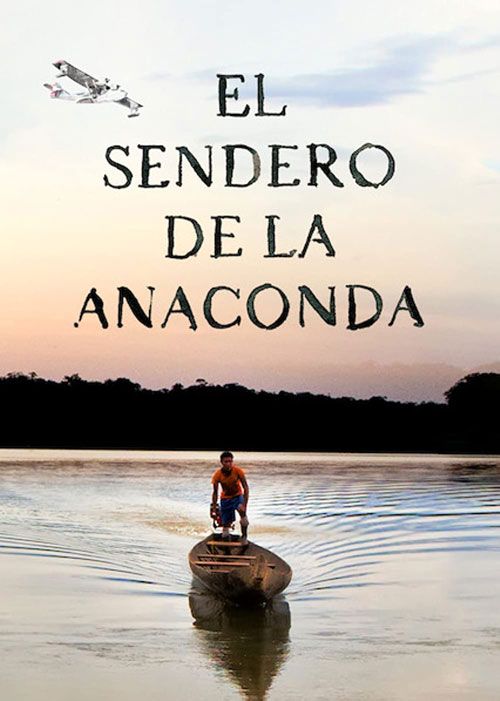
Wade and Martín did a long walk alongside the Apaporis River, a faraway place where they met with the Makuna community. The journey takes all its spectators to unknown places through remarkable landscape photography visuals while pointing out all the rivers, framed as an essential ecological corridor.
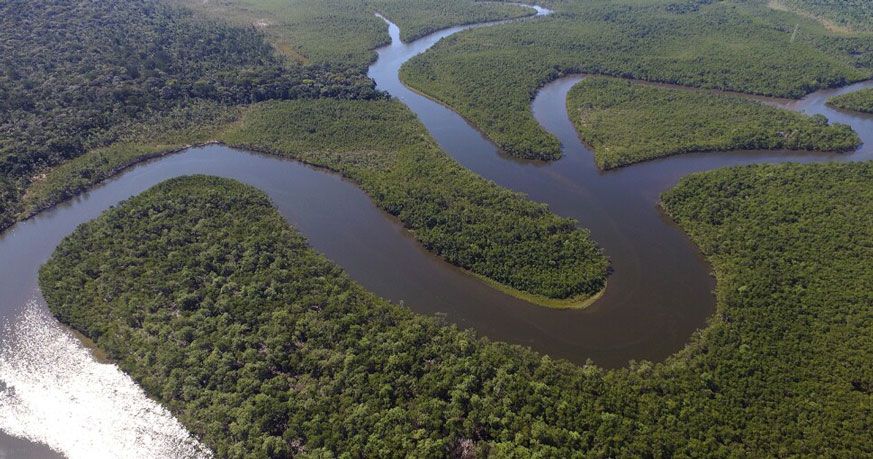
The Amazon plays an enormous role in life due to its participation in the water cycle and temperature regulation. It is the Earth's lung because of its exchange of oxygen and carbon dioxide with the atmosphere. This role of balance on the Earth is kept together with the existence of Indigenous Peoples, for whom the water has a connection to everything in the spiritual and material world, and for whom the rivers are the lifeblood of Mother Earth as well.
Through this documentary, Indigenous Peoples bring their knowledge and visionary world to the attention of all of us, to protect the Amazon jungle with the help of two projects. The first one is the Yaigojé Apaporis Park, where the community, in dialogue with the government, declared their territory as a protected natural reserve. The participatory action led to safeguarding the natural and cultural heritage regarding how this territory should be managed using Indigenous wisdom.
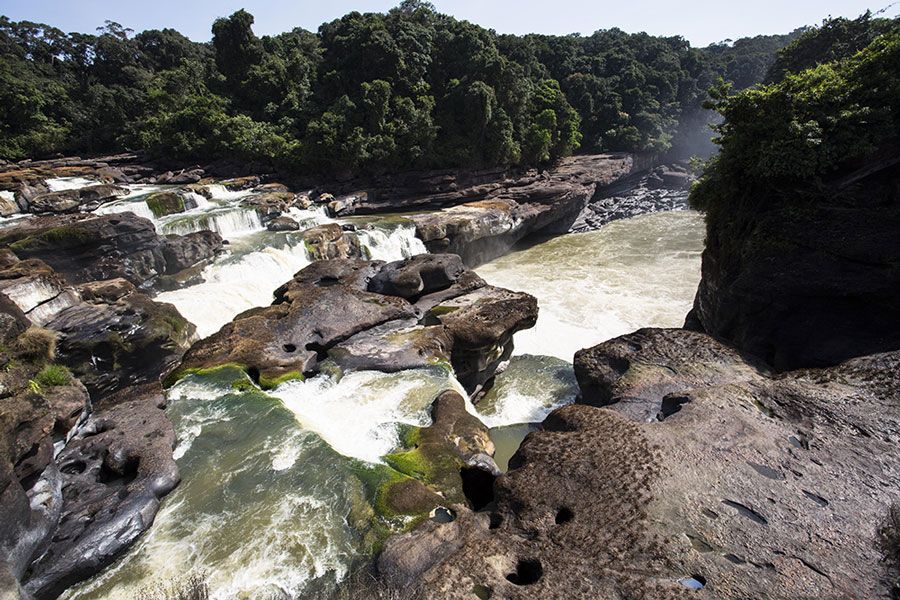
The second project is an initiative to ensure connectivity between the Andes, the Amazon and the Atlantic, linked to the Amazon River region. This corridor seeks sociocultural and ecosystem connectivity based on the urgency to recognize the link between biodiversity, climate change and the rights of Indigenous Peoples.
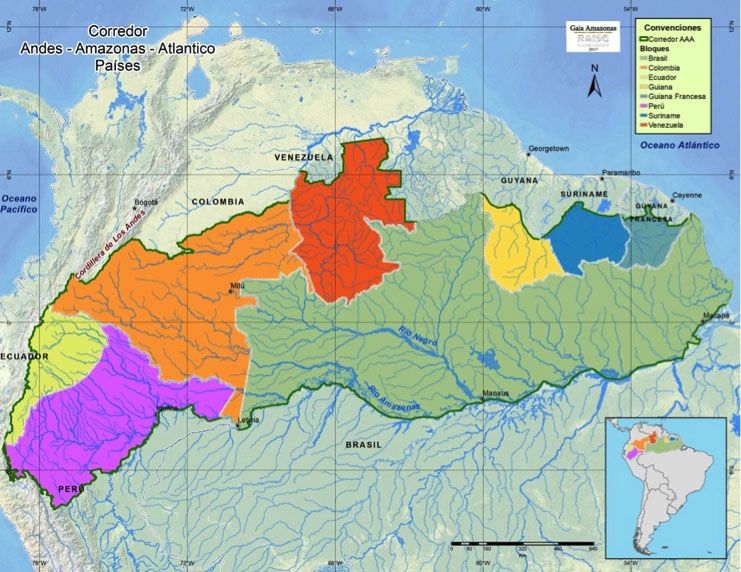
"The Path of the Anaconda is the beginning of humanity because it represents the symbol of life in the Amazon,” says Wade Davis.
From the Amazonian Peoples' cosmogony, the origin of the pueblos was given from the primordial Anaconda, who descends from the sky and travels east-west, teaching the management of the world and how to live in community. Likewise, it represents the tree-river, in which the root is the east (sunrise) and the top, the west (sunset). Thus, the corridor weaves thought and sacred points of the territory on a spiritual level, and it interconnects the exchange between the different communities that inhabit the jungle (animals, plants and human beings). Everything has life and is connected.
The idea of interconnection, order and balance is due to the duty given since the creation under the Law of origin by Indigenous Peoples. Each community has a function of being, a particularity, and the intertwining of these sustains the world.
Recognizing this Colombian landscape as a heritage of humanity leads to establishing actions around its study, protection and management. It is a call to make visible and sensitize a common identity that must be declared.
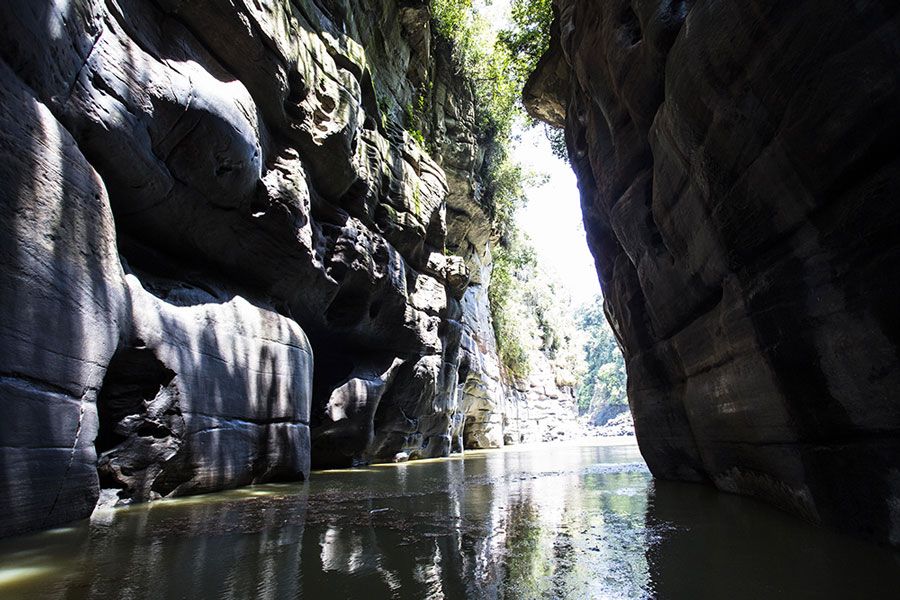
The Amazon territory plays an essential role in keeping global hydrological cycles running safe, clean and healthy; it represents crucial carbon storage and sequestration worldwide and also represents the mythology and home of several Indigenous communities.
Moreover, the whole process behind the Makuna work to achieve the declaration of Yaigojé as a natural park could be taken as a model to encourage the dialogue between the government and native people globally. This could help establish new agreements for our common goal of preserving the planet.
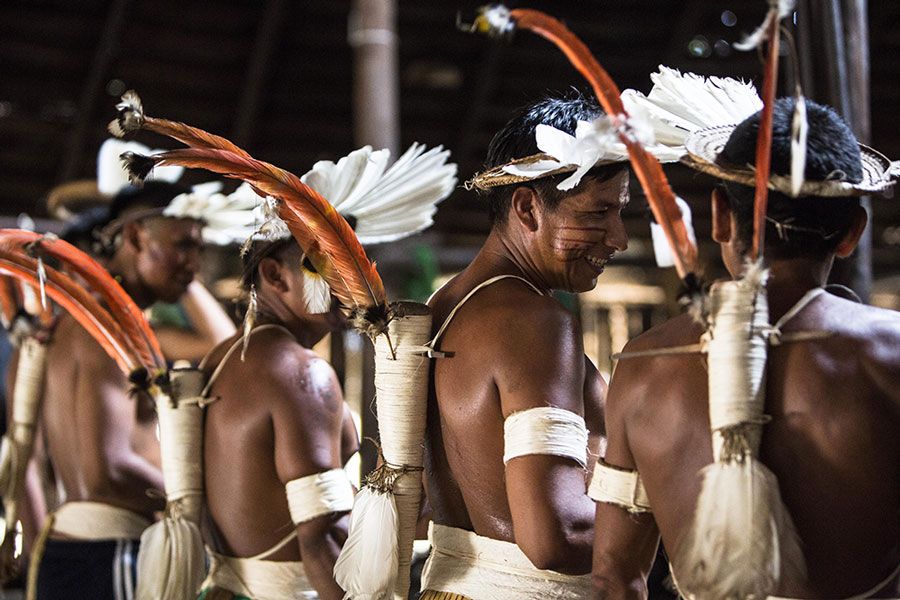
This documentary, although produced in the year 2019, still echoes today as it reminds us how humanity has a colourful and very complex diversity, how each culture can build such a different world from the others to exist, how each one of them has a unique interpretation of human condition; and beyond all of that, it reminds us how worthy it is to have respect between all the many cultures rather than prevailing just under one of them, as it could easily deem and make invisible not just human lives but all other living beings too.
As Wade says, it is not about who is wrong and right but about how unsustainable many of our ways of inhabiting and existing on the planet are, which brings the majority of us into a conversation to rethink and reorient our relation with nature. This opens an opportunity to hear and learn valuable things from the millennia-old Indigenous knowledge, and this documentary can be an initial door to do it.
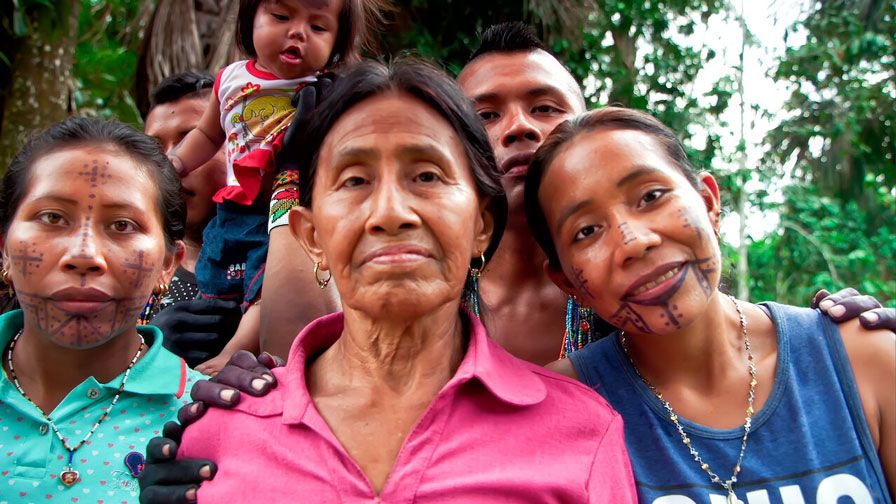
There is a universal duty from all sentient beings and entities: to foster multicultural and multidimensional dialogue.
For more information, visit Gaia Amazonas Foundation and SINCHI Institute.
